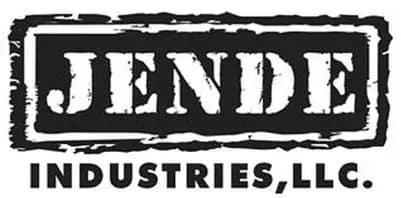Introduction:
Ceramic knives have gained popularity in recent years due to their exceptional sharpness and resistance to corrosion. However, like all knives, they require maintenance to retain their cutting edge over time. Sharpening ceramic knives differs from sharpening traditional steel knives due to the hardness and brittleness of ceramic blades. While sharpening ceramic knives can be done, it requires specialized tools and techniques to achieve optimal results without damaging the blade.
Understanding Ceramic Knives:
Ceramic knives are made from a material called zirconia, which is extremely hard and holds its edge well. They are favored for their sharpness and lightweight nature, making them ideal for precision cutting tasks in the kitchen. However, ceramic knives are also more prone to chipping or breaking if not handled properly, especially during sharpening.
Unmatched Sharpness and Safety
Compared to conventional steel knives, ceramic knives boast extraordinary sharpness, making cutting through fruits, vegetables, and boneless meats a breeze. Their inherent sharpness also contributes to their safety, as they are less likely to slip or slide while in use, reducing the risk of accidents in the kitchen. Additionally, their non-reactive nature means they won’t rust, contributing to their safety and longevity.
Stylish Design and Environmental Friendliness
In terms of design, ceramic knives offer a sleek and fashionable appearance, making them a favorite among style-conscious consumers. Beyond aesthetics, ceramic knives are also environmentally friendly, as they don’t contribute to rust or corrosion, making them a sustainable choice for eco-conscious individuals.
Health Benefits
Using ceramic knives may also offer health benefits, as they don’t react with acidic foods, reducing the risk of cross-contamination and potential health hazards. This feature makes ceramic knives an attractive option for those prioritizing food safety and hygiene in their kitchen.
Understanding Ceramic Knife Technology
Ceramic knives were first developed by the Japanese in the late 1990s, primarily using a nano-material called “zirconium oxide.” This material undergoes a rigorous manufacturing process involving high temperatures and pressure to create knives with exceptional hardness and durability. With a Mohs hardness of 9, ceramic knives are second only to diamonds, making them more than ten times sharper than traditional steel knives.
Advantages and Limitations
While ceramic knives offer numerous advantages, they also have limitations. Due to their brittleness and low toughness, ceramic knives are not suitable for cutting hard ingredients or performing tasks that require prying or chopping. Mishandling can lead to breakage, and despite ongoing advancements in product technology, their fundamental nature remains unchanged.
In conclusion, ceramic knives represent a significant advancement in kitchen cutlery, offering unmatched sharpness, safety, and environmental benefits. While their unique properties make them ideal for various kitchen tasks, it’s essential to handle them with care to ensure their longevity. With proper use and maintenance, ceramic knives can elevate your culinary experience while adding a touch of style to your kitchen.
Types of Ceramic Knife Sharpeners:
1. Diamond-coated Sharpeners: Diamond-coated sharpeners are highly recommended for sharpening ceramic knives. Diamond is one of the few materials harder than ceramic, making it effective for grinding and shaping the blade. These sharpeners feature a coarse surface that can remove material from the blade to restore its sharpness.
2. Electric Sharpeners: Some electric knife sharpeners are designed specifically to sharpen ceramic knives. These sharpeners often utilize diamond abrasives or sharpening wheels to grind and hone the blade automatically. Electric sharpeners offer convenience and consistency in sharpening results.
3. Manual Sharpeners: Manual sharpeners with diamond abrasives or ceramic sharpening rods are also available for sharpening ceramic knives. These sharpeners may be handheld or mounted to a surface, providing flexibility in sharpening techniques. Manual sharpeners require more effort but allow for precise control over the sharpening process.
Image by aopsan on Freepik


